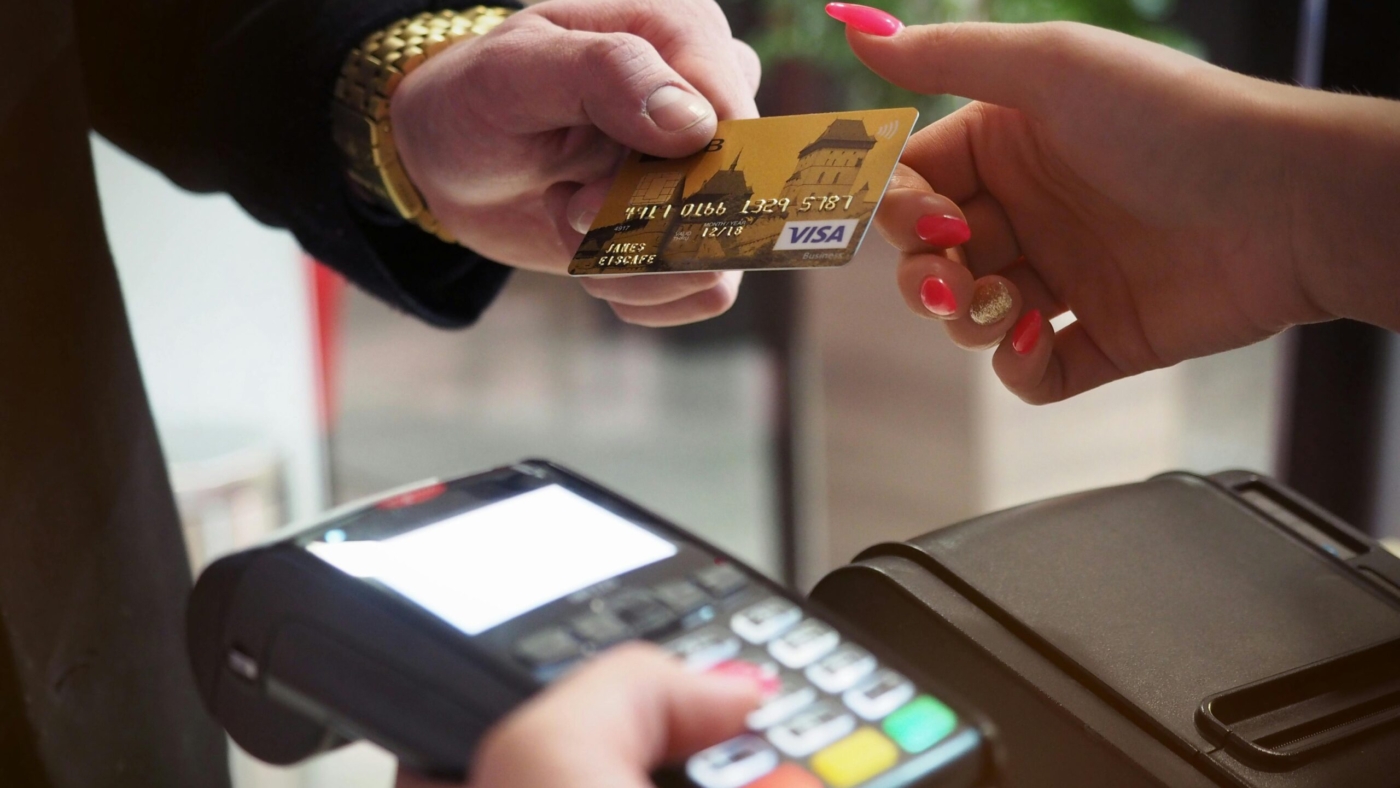In today’s fast-paced B2B landscape, the way businesses pay and get paid is undergoing a seismic shift. Manual processes, paper checks, and siloed finance systems are quickly being replaced by intelligent, automated payment solutions.
Why? Because in 2025, automation is no longer a nice-to-have—it’s mission-critical. B2B companies that fail to modernize their payment infrastructure risk more than just inefficiency; they risk falling behind altogether.
1. Legacy Processes Are Breaking Under Pressure
For years, B2B payments lagged behind consumer payments in terms of speed and simplicity. Paper invoices, manual reconciliation, and batch payment runs were the norm. But with rising transaction volumes, increased cross-border trade, and the growing complexity of vendor relationships, these systems are buckling.
Manual payment processes cost businesses time, money, and accuracy. According to recent studies, finance teams spend 30-50% of their time on tasks that could be automated—from invoice matching to approvals to exception handling.
“We were managing $100M in vendor payments on spreadsheets,” said one controller at a mid-sized logistics firm. “It wasn’t just inefficient—it was risky.”
2. Automation Is Now a Strategic Advantage
Modern payment automation platforms do more than just speed things up. They help B2B companies:
- Reduce errors and fraud risk
- Optimize cash flow through smart payment scheduling
- Gain real-time visibility into liabilities and working capital
- Improve vendor relationships with faster, more transparent payments
By removing the friction from AP/AR processes, automation empowers finance leaders to make proactive, data-backed decisions—something that’s especially vital in uncertain economic conditions.
3. The Rise of Embedded Payments and APIs
One of the biggest innovations in B2B payments is the rise of embedded finance—integrating payment capabilities directly into platforms and workflows that businesses already use. This allows for seamless invoicing, payment collection, and reconciliation all within one ecosystem.
APIs are the backbone of this transformation, enabling flexible, scalable connections between ERPs, CRMs, banks, and payment providers. The result? Customizable payment flows that match the way each business operates—without the need for heavy IT lift.
“APIs are turning finance into a programmable layer of the business,” says one fintech founder. “It’s a game-changer for scale.”
4. The Supplier Experience Matters More Than Ever
In the past, payments were viewed primarily through a company-centric lens: “How do we process payments efficiently?” But in today’s B2B environment, the supplier experience is just as important. Vendors expect clear communication, flexible payment terms, and real-time payment tracking—especially as supply chains become more interconnected.
Automated systems allow businesses to:
- Offer suppliers visibility into payment status
- Accommodate preferred payment methods
- Provide early payment options in exchange for discounts
This not only strengthens supplier relationships—it also improves negotiating power and helps avoid costly disruptions.
5. What the Next 5 Years Will Look Like
The future of B2B payments is smart, real-time, and fully integrated. Expect to see:
- AI-powered payment orchestration that decides the best timing and method
- Wider adoption of real-time payments (RTP) in business contexts
- Increased use of blockchain and digital currencies for international B2B transactions
- Finance and procurement convergence, where automation unites both functions under one intelligent platform
The companies that embrace this evolution early will not only unlock efficiency—they’ll gain a real competitive edge.


Add a Comment